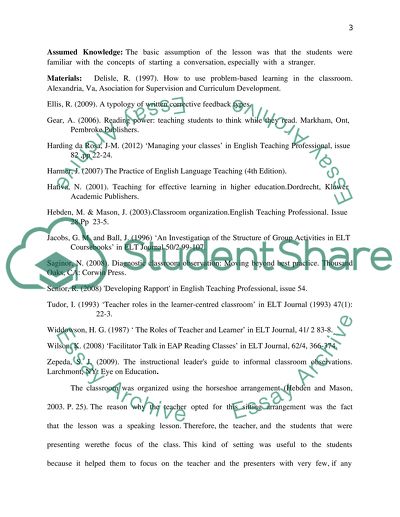Cite this document
(“Critical reflection of classroom observations Essay”, n.d.)
Retrieved from https://studentshare.org/education/1461996-critical-reflection-of-classroom-observations
Retrieved from https://studentshare.org/education/1461996-critical-reflection-of-classroom-observations
(Critical Reflection of Classroom Observations Essay)
https://studentshare.org/education/1461996-critical-reflection-of-classroom-observations.
https://studentshare.org/education/1461996-critical-reflection-of-classroom-observations.
“Critical Reflection of Classroom Observations Essay”, n.d. https://studentshare.org/education/1461996-critical-reflection-of-classroom-observations.


